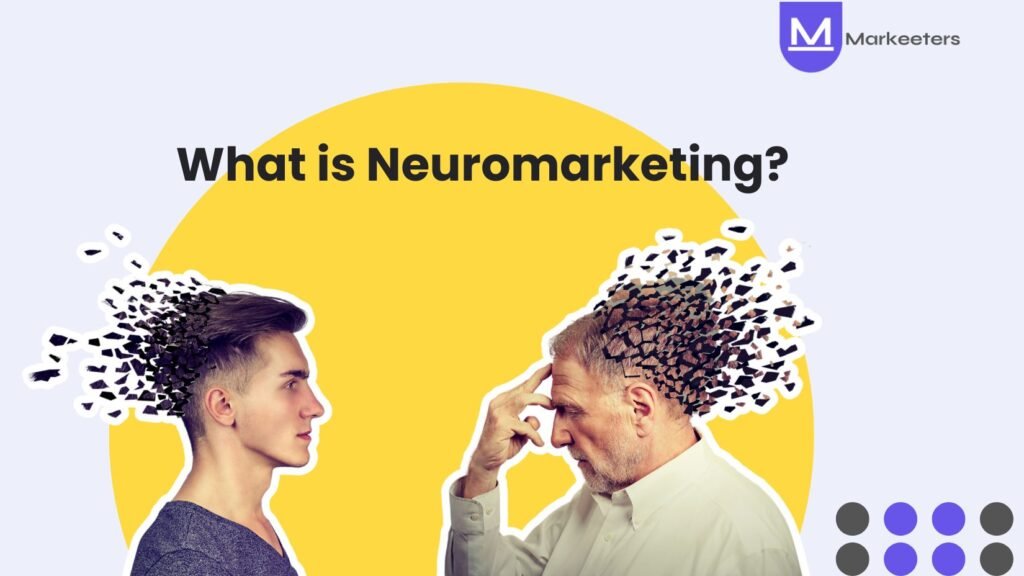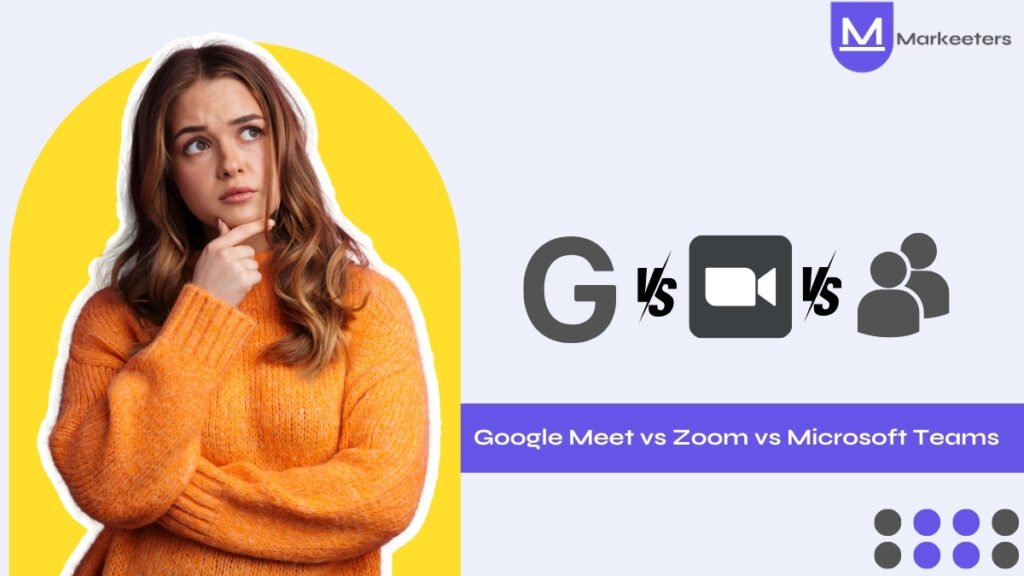What is Neuromarketing? Dive into the Definition, Benefits, and More. Transform your marketing game!
Introduction
30% of Fortune 500 companies are reportedly using neuromarketing techniques. You must be thinking how many companies are using neuromarketing to understand their audience. So, get ready to dive into this blog where we will discuss the definition, benefits and examples of neuromarketing. A Marketing Campaign performance can be measured by metrics such as likes, comments, shares, reposts, scroll time, and more. One thing they cannot measure is the emotions of human beings. This is where neuromarketing comes in.
Neuromarketing is a fascinating blend of science and marketing that delves deep into the human brain to understand consumer behavior. It has been used to create marketing strategies to capture human emotions (hearts and minds of consumers). Neuromarketing can help in analyzing the emotional reaction to your campaigns in addition to more conventional marketing performance metrics.
Experts can use neuromarketing to find out what drives a customer to choose one brand over another when making a purchase. Professionals can learn more about a consumers’ preferences and decision-making process by utilizing this marketing strategy. Based on customer preferences and motivations, marketers can also utilize neuromarketing to forecast how well a product, service, or brand may appeal to or sell to people.
What is Neuromarketing? How do you define it?
Neuromarketing is the combination of neuroscience and marketing to help brands and businesses assess the emotional resonance of their present and future campaigns. Marketing teams achieve this by monitoring consumers’ neurochemical and psychological reactions as they take in marketing information using technology. Marketers can run tests to determine which advertising generates the strongest emotional response. Let us explain to you with the help of an example here: KFC
- KFC uses a variety of psychological tricks to appeal to the senses.
- KFC uses certain phrases such as “it’s finger lickin good” to stimulate your taste buds.
- The colour red is emphasised to spur action.
- Jingles are used to draw attention.
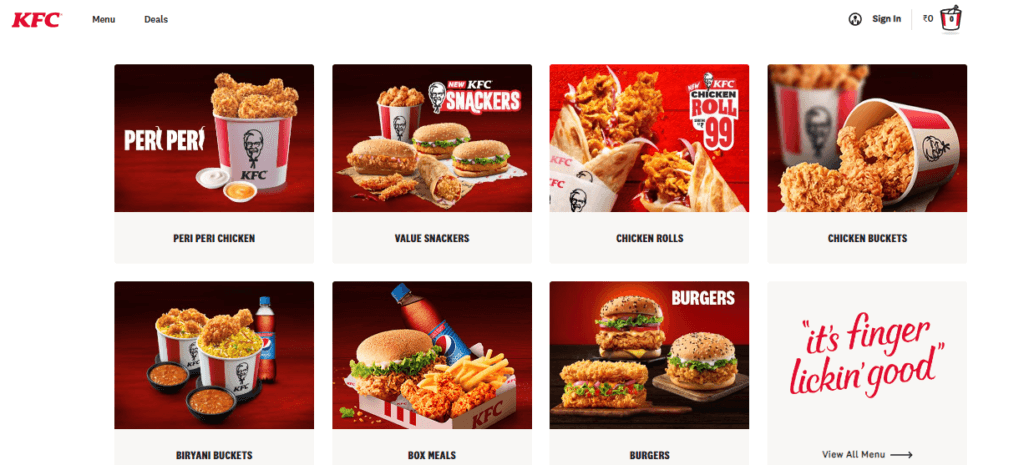
By studying brain activity, eye movements, and psychological responses, Neuromarketers seek to uncover the hidden triggers that influence consumer choices. Understanding the decision-making process of consumers is the primary objective of neuro-marketers in order to develop products and campaigns that are highly engaging to consumers.
Some Neuromarketing Stats for You
Harvard Business Review states:
- 95% of purchasing decisions are subconscious.
- Neuromarketing strategies are predicted to reduce product and campaign testing times by 40-60%, improving speed to market.
- It is important to grab the attention of the consumers right away because they have an attention span of 8 seconds.
- Emotionally positive ads are 19% more effective than neutral ones.
- Storytelling can enhance recall by up to 22 times more than facts.
According to HubSpot Research:
- 60% of businesses using neuromarketing have seen increased customer retention rates.
- According to 68% of researchers, eye-tracking studies in neuromarketing reveal more accurate consumer responses.
- Companies that employ neuromarketing strategies reported greater client loyalty in 35% of cases.
- Significant improvements in product design and message result from 64% of neuromarketing campaigns.

Benefits of Neuromarketing
1. Improve Your Products by Using Emotional Reactions
When you watch your favourite series, a movie, or play a game, there are moments that make you feel a certain way. This also applies to marketing for businesses. Your videos, pamphlets, ads, brochures, and posts may cause some viewers to respond positively or negatively. Neuromarketing can help businesses understand these different reactions. You can analyse what influences your customers and how they respond. This will help you determine how to make improvements to your product. You will get to know the likes and preferences of your customers. Once you make improvements, the customers will also happily respond, and your business can expand.
2. Get Insights
Numerous factors influence people’s decisions. Brands, logos, and well-known products and services are some examples. However, it takes years of study to preserve these automatic reactions as data. Brands and businesses can assess customers’ subconscious reactions by leveraging neuromarketing. Businesses have the chance to focus on changing those reactions. You need information about consumer attitudes to improve your products. Neuromarketing is the most effective way to gather such insights. This will also result in increased website traffic, high brand authority, and a higher ROI.
3. Understand your Customers’ Perspectives
You can understand the perspective of your customers with the help of neuromarketing. This is one of the best benefits of neuromarketing. It resembles filling out a survey with a mind reader. You learn about the customer’s true sentiments. You can study your customers with the help of hormone levels, unconscious emotions, facial expressions, and body language. These are the tools and methodologies used to understand the different reactions and mindsets of customers.
4. The link between Physiological response and your Content
You advertise your business widely. Do they all provoke the same reaction? No! Then why are some ads successful and some are not? You can discover the solution to this problem with the help of neuromarketing. You can study specific emotional reactions in each section of your video ads. You can tell which section of the video the viewers found objectionable. You can host product launches and ad boot camps to get people to see your ads. You need experts to analyze the reactions of people. The experts will analyze body language and body language to determine the likes and dislikes of the people. You can then modify your ads accordingly. You can generate a certain curiosity among the customers.
Read more:
- Virtual Marketing Assistant: Benefits, Tasks, and How to Hire
- How Outsourcing Can Improve Your Marketing ROI?
Importance of Neuromarketing
Neuromarketing is important for companies. It includes a variety of methods that allow brands to consider and satisfy the wants and demands of their consumers. Additionally, they can research how consumers react to various ads, marketing promotions, and product packaging. Thus, businesses can select the finest alternative out of all those offered and increase the efficacy of their campaigns and initiatives. In addition to previously listed benefits, neuromarketing offers more advantages. It assists in:
- discovering the subconscious reactions of consumers to various ads, styles and techniques;
- strengthening marketing tactics and campaigns;
- examining the sentiments and emotions that specific ads, logos, and slogans can provoke consumers;
- creating fresh and unique strategies that helps make a connection with the audience;
- improving customer experience and satisfying their demands;
- increasing sales;
- gaining competitive edge.
Examples of Neuromarketing
Coca-Cola
Coca-Cola is one of the best examples of neuromarketing. Its branding, marketing, and social media campaigns contain subtle cues that help its intended audience remember the brand. Coca-Cola has been conducting several years of research to improve its branding. It frequently changes its bottle to make it more attractive. It has introduced a variety of products to analyse people’s preferences. They have carried out A/B testing and improved their sales copies. They have carried out various challenges from time to time to get feedback. This has helped them gain insights about customer preferences, which makes it simpler to find out their problems.

Airbnb
The social media accounts for Airbnb frequently feature photos of vacation rentals and memories shared by both guests and hosts. It makes use of user-generated content (UGC). UGC-based advertising receives 4x more clicks than typical and has a 50% lower cost-per-click. Consumers trust content generated by regular people people than brand ads. Airbnb makes most of the UGC content on its social media to improve and strengthen its brand. Incorporate user-generated content into your social media strategy to establish a stronger connection with your audience.

There are many reasons to hire a social media manager for your business to prepare and implement a proper strategy to attract your target audience.
Starbucks
Starbucks is one of the best and most creative examples of brands employing neuromarketing in their marketing strategy. It is commonly known that the international coffee business uses sensory marketing to increase sales. The delightful smell of ground coffee beans would be the first thing you notice if you ever visit one of its branches. Starbucks emphasises the benefits of its products both in-store and in its online marketing to appeal to the sense of smell and entice customers to buy them often. Use creatives and graphics in your ads so that when consumers view them, it quickly bring back the aroma.
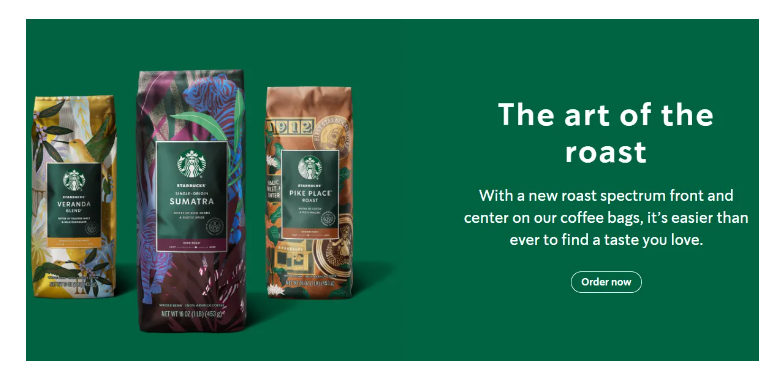
Hire a graphic designer to learn more. You can also visit our blog 10 Reasons Why You Should Hire a Graphic Designer. Every business needs one. Speak with us today!
IKEA
IKEA makes use of psychological techniques to attract customers. Simply put, IKEA carefully positions its items to inspire customers to go furniture shopping. Its retail layout also hints at neurobiology. It has designed a browsing trail in each of its stores to purposefully direct customers towards the check-out counter. Make sure to offer solutions to the pain points of your customers. This will entice consumers to use your products.

Frito-Lay
Neuroscience is commonly used by Frito-Lay to evaluate new products. After learning that women enjoy snacks but avoid them out of guilt, it created a line of nutritious snacks, which was one of the finest outcomes. According to statistics, women often take more food breaks than men. However, men made up the majority of Frito-Lay’s customer base. Frito-Lay launched baked chips and positioned them as healthy snacks after conducting targeted ads and seeing women’s dislike of guilt-free snacking. Pay attention to consumer profiling. You can better target your audience if you have a deeper understanding of them.

One classic example of neuromarketing is Facebook. You will find a plethora of psychological triggers when you scroll through Facebook. Notifications and likes are two excellent examples. The site’s notification bell at the top nudges you to return, while the likes make you feel good. The sleek timeline design on Facebook has an impact on engagement rates as well. In one study, a hotel ad that was displayed on Facebook performed well in comparison. The whole platform is made to subtly evoke emotional reactions. Use customised engagement strategies in your marketing plan to grow your consumer base. People respond better to personalised content.
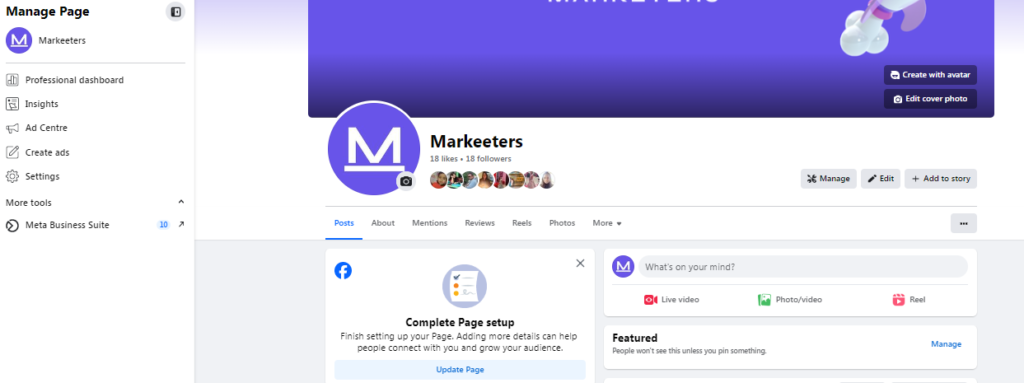
Conclusion
To sum up, neuromarketing is a groundbreaking approach that bridges the gap between science and marketing. By tapping into the intricacies of the human brain, businesses can create more engaging, effective, and ethical marketing campaigns. As technology continues to advance, the future of marketing undoubtedly holds even more exciting discoveries in the realm of neuromarketing. It is clear from the definition, benefits, and examples of neuromarketing that it is not going to stop anywhere. The earlier brands and businesses adapt to it, the better for their growth strategies and to establish relationships with their audience.
More resources for you:
- Top 10 Best Social Media Platforms for Freelancers 2023
- How to Attract More Readers to Your Blog (10 Effective Tips)
- What Is A Startup? The Ultimate Guide
Frequently Asked Questions
What is neuromarketing?
Sometimes referred to as consumer neuroscience, it is a mix of neuroscience and marketing to understand consumer behaviour. This helps develop effective marketing strategies and products. Neuromarketing researchers apply various techniques to understand participants’ reactions and study human behaviour to employ in marketing.
What are the advantages of neuromarketing?
It provides comprehensive qualitative research. It helps predict the future trends with more accuracy. A better understanding of consumer decision-making processes with less effect from customers’ traits towards a brand, style, product, market, genre, etc. is one of the main advantages of neuromarketing.
What are the applications of neuromarketing?
A variety of consumer research possibilities may be used in neuromarketing, such as assessing neurological reactions to product advertisements, packaging, prices, and usability. Among other things, researchers can measure activity in the brain’s pleasure centre in response to product pricing, experiment with different product displays to reduce decision paralysis, assess levels of excitement or relaxation in response to different colours, track eye gaze exhibited during advertisements and website use, and spot points of agitation during product testing.

